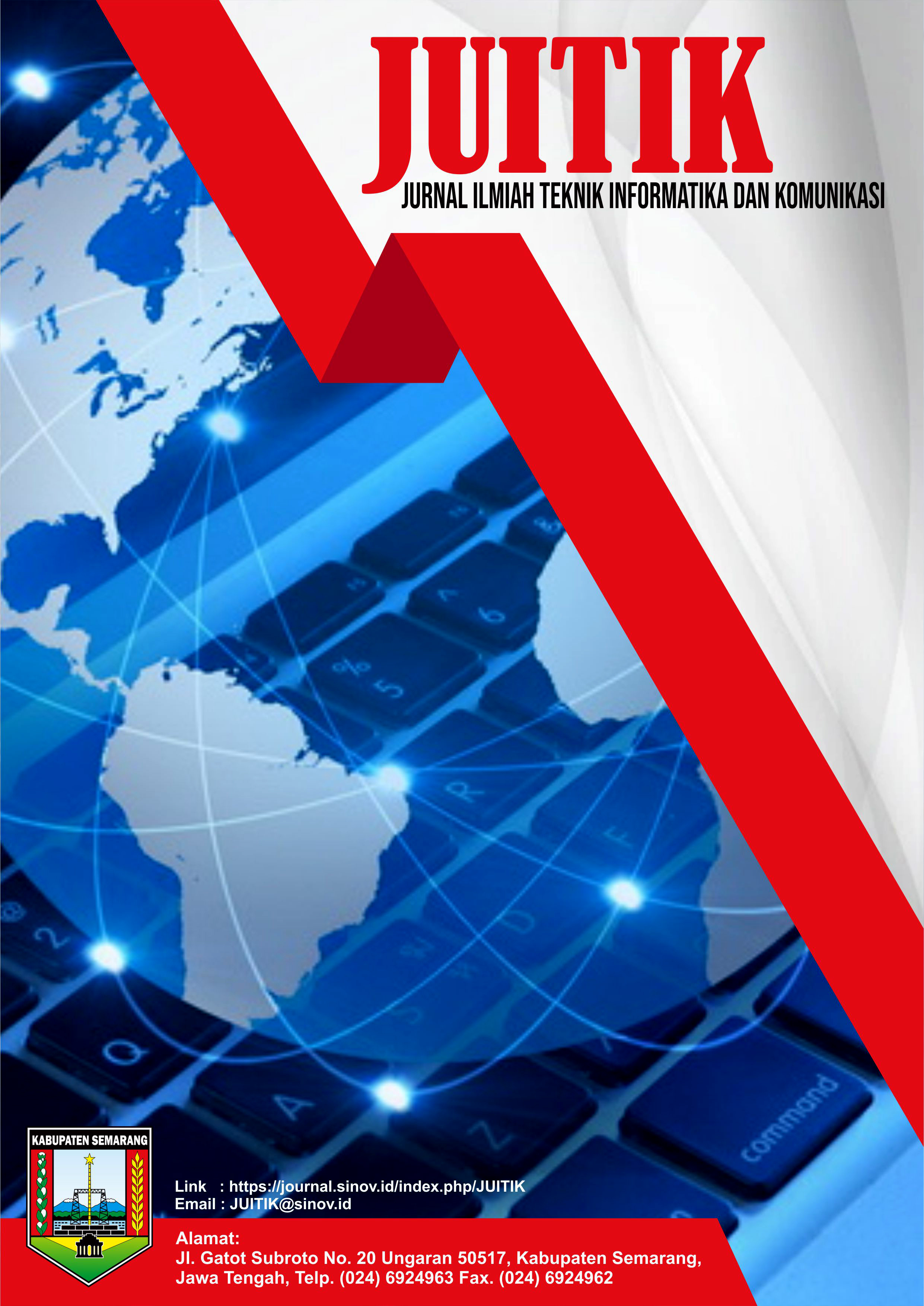Pengujian Performa, Tingkat Stres, dan Keamanan Pada Seluruh Website PPID Kabupaten Buleleng
DOI:
https://doi.org/10.55606/juitik.v5i1.1357Keywords:
PPID, performance testing, stress testing, website security, GTmetrix, K6.io, Owasp Zap ScanAbstract
The development of information technology has encouraged local governments to provide digital-based public services through official websites. One of these services is the website of the Information and Documentation Management Officer (PPID) of Buleleng Regency which functions as a medium for transparency and public interaction. However, until now there has been no comprehensive testing of the performance, stress levels, and security of all PPID websites in the district. This study aims to evaluate performance, measure stress levels, and identify security gaps on 26 PPID Implementing websites connected to the Main PPID of Buleleng Regency. The method used in this study is Action Research, with testing carried out using three main tools, namely GTmetrix for performance, K6.io for stress testing, and Owasp Zap Scan for security. The test results showed that several websites experienced loading delays, slow server responses during high loads, and security gaps related to SSL and DNS were found. Recommendations for improvement are focused on optimizing performance, increasing server capacity, and tighter security configurations. This study contributes to improving the quality of public information services and supports the realization of a transparent, efficient, and secure government.
References
Adisaputra, M., & Widjaja, W. (2020). Optimizing website performance using GTmetrix: A case study. Journal of Web Optimization, 15(3), 45–52.
Brown, K., & Smith, J. (2021). Stress testing web applications with k6.io. International Journal of Software Testing and Quality Assurance, 14(2), 101–115.
Chandra, A., & Devi, L. (2023). Evaluating website security: Using webscan.upguard tools. Cybersecurity Insights, 8(1), 65–79.
Christina, M. (2019). Pengujian performa dan tingkat stress pada website Bapenda Jawa Barat, Jawa Tengah, dan Jawa Timur. Media Informasi, 18(2), 101–106.
Gupta, R., & Malhotra, P. (2019). A comprehensive review of website performance analysis methods. Web Engineering Journal, 12(4), 78–91.
Johnson, T. (2022). Best practices for website security. Digital Security Review, 18(2), 123–136.
Kumar, S., & Patel, R. (2020). Measuring website stress: Tools and techniques. Software Performance Journal, 11(3), 89–99.
Kurniawan, H., & Christianto, E. (2024). Analysis vulnerability website Baleomolcreative dengan metode penetration testing execution standard & vulnerability assessment pada http response header field. Jurnal Teknologi Informasi dan Komunikasi, 8(3).
Lee, M., & Wong, J. (2021). GTmetrix and web performance optimization. Journal of Digital Technologies, 17(5), 201–215.
Listartha, I. M. E. (2020). Pengujian performa dan tingkat stress pada website legalisir ijazah online Universitas Pendidikan Ganesha. Jurnal Elektro Luceat, 6(1), 1–10.
Miller, P. (2023). The role of stress testing in improving user experience. User Experience Studies, 20(1), 35–49.
Nguyen, T., & Tran, Q. (2020). A framework for analyzing website security vulnerabilities. Cyber Defense Journal, 14(4), 150–165.
Patel, M., & Singh, A. (2019). Website optimization strategies: Insights from GTmetrix analysis. Web Development Journal, 10(2), 55–70.
Permana, Y., & Wijaya, H. D. (2020). Implementasi e-legalisir untuk legalisir ijazah & transkrip online pada Fakultas Ilmu Komputer Universitas Mercu Buana. Techno.Com: Jurnal Teknologi Informasi, 19(2), 103–114.
Ridoh, A., & Putra, Y. I. (2021). Perancangan dan implementasi sistem informasi dokumen layanan publik berbasis web untuk mempermudah masyarakat memperoleh informasi pada Pemerintah Kabupaten Bungo. Jurnal Basicedu, 5(5), 4227–4235.
Roberts, C., & Zhang, Y. (2022). Integrating stress testing and security evaluation in website development. International Journal of Web Security, 13(3), 95–108.
Smith, J., & Brown, K. (2021). The importance of stress testing in website performance. Journal of Information Systems, 19(2), 45–60.
Tan, Y., & Lee, J. (2020). Optimizing web application security: A case study using webscan.upguard. Cybersecurity Review, 9(3), 110–125.
Wang, L., & Chen, M. (2023). Performance testing with GTmetrix: Methodologies and best practices. Web Engineering Studies, 21(1), 123–140.
Wiharjo, F., Irfon, G. E. S., & Maulana, R. (2017). Software testing pengujian performansi dan tingkat stress pada website ekspedisi JNE dan TIKI. INSYPRO: Information System Process, 2(1), 1–5.
Zhang, Q., & Li, P. (2022). Security assessment of websites using automated tools. Journal of Cybersecurity Analysis, 16(4), 200–215.
Downloads
Published
How to Cite
Issue
Section
License
Copyright (c) 2025 Jurnal Ilmiah Teknik Informatika dan Komunikasi

This work is licensed under a Creative Commons Attribution-ShareAlike 4.0 International License.










